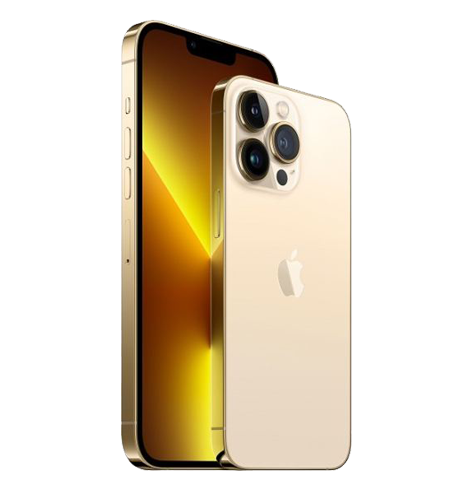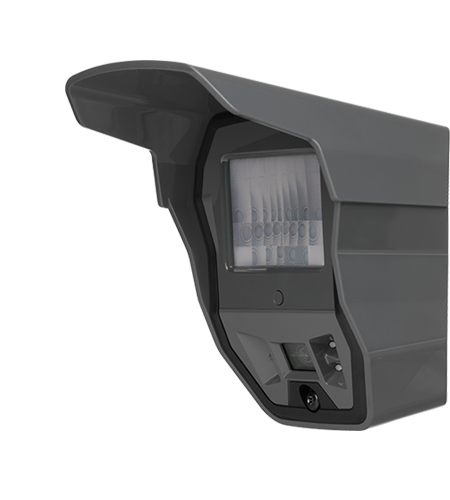
Videofied is a video alarm security system that uses video verification.
It all comes down to verifying what tripped an alarm sensor. A conventional system alerts the central monitoring station operator that something tripped the alarm. May be a real event or may be a false alarm. There is no way of knowing until someone goes to the site. If it is the police department, it may result in a false alarm fine. A Videofied system sends a 10 second video clip to the central monitoring station operator who can see if it is a real intrusion or a false alarm.
Camera systems, even high resolution cameras, record the events and are seen after the incident has taken place. There is a good chance when an intruder sees a camera he will hide his face. And unless you can recognize someone wearing a mask, good luck on getting an arrest. If the intruder hides his face with a Videofied system the police will still be on their way. Videofied focuses on verifying that an intrusion occurs rather than identifying the intruders, which is something the police will do after the arrest.
It can, but not very well. It is all about timing and police response. Several minutes can elapse for an alarm to be triggered, a phone call made to someone who then has to call into the video system and determine what is happening, and then another phone call made to the authorities to have the police dispatched. By then, the intruders may be gone. Furthermore, a Videofied alarm system is much more cost effective than a combined alarm and CCTV system together as it has been designed with the video verification in mind.
Almost anywhere you have cell phone service. Videofied communicates over the 3G/4G network or over the internet. It can be totally supported by alkaline/lithium batteries, thus no need for main power supply. Furthermore, XTO panel can be installed outdoors exposed to the sun/rain/snow as it is waterproof.
Each MotionViewer has infrared built in for nighttime viewing. The outdoor viewers have a range of 12 m, and the indoor viewers 7m.
The MotionViewers should be placed in subtle areas when possible. When armed, someone trying to move the MotionViewer will be captured on the video clip. The new outdoor MotionViewers incorporate a tilt sensor (gyroscope) to sense camera movements and trigger an alarm.
The MotionViewers are programmed to not activate for rain, snow or lightning. It may occur in extreme cases but the central monitoring station operator would determine that the weather caused the alarm and not an intruder. No call to authorities would be made.
The video clips require software that is loaded on the central monitoring station receivers. To obtain maximum benefit of the capabilities of a Videofied alarm system, it should be monitored by a central monitoring station. However, self-monitoring can be done via iCloud using smartphone applications developed by Videofied.
Videofied only works in an outbound direction. You do not need a static IP address. The firewall does not need to be opened up. It only communicates with the central station receiver.
If the police know that an event has been verified, (that is what Videofied is for) they can respond faster. By getting to the thieves before they can do extensive damage may save hundreds if not thousands of Euros. Ripping cooper out of walls/stations and air conditioning units/solar panels are examples that have been in the news lately.
All panels and accessories have an RF range of 80-100m radius at clear sight. If an external antenna is used, this range can be increased by about 30%. The environment plays an important role. There are sites than have given over 200m radius range.
No. The XTender panels work as an extension (piggy-back) to the existing systems that provide outputs, thus adding video verification without changing your alarm or habits.





